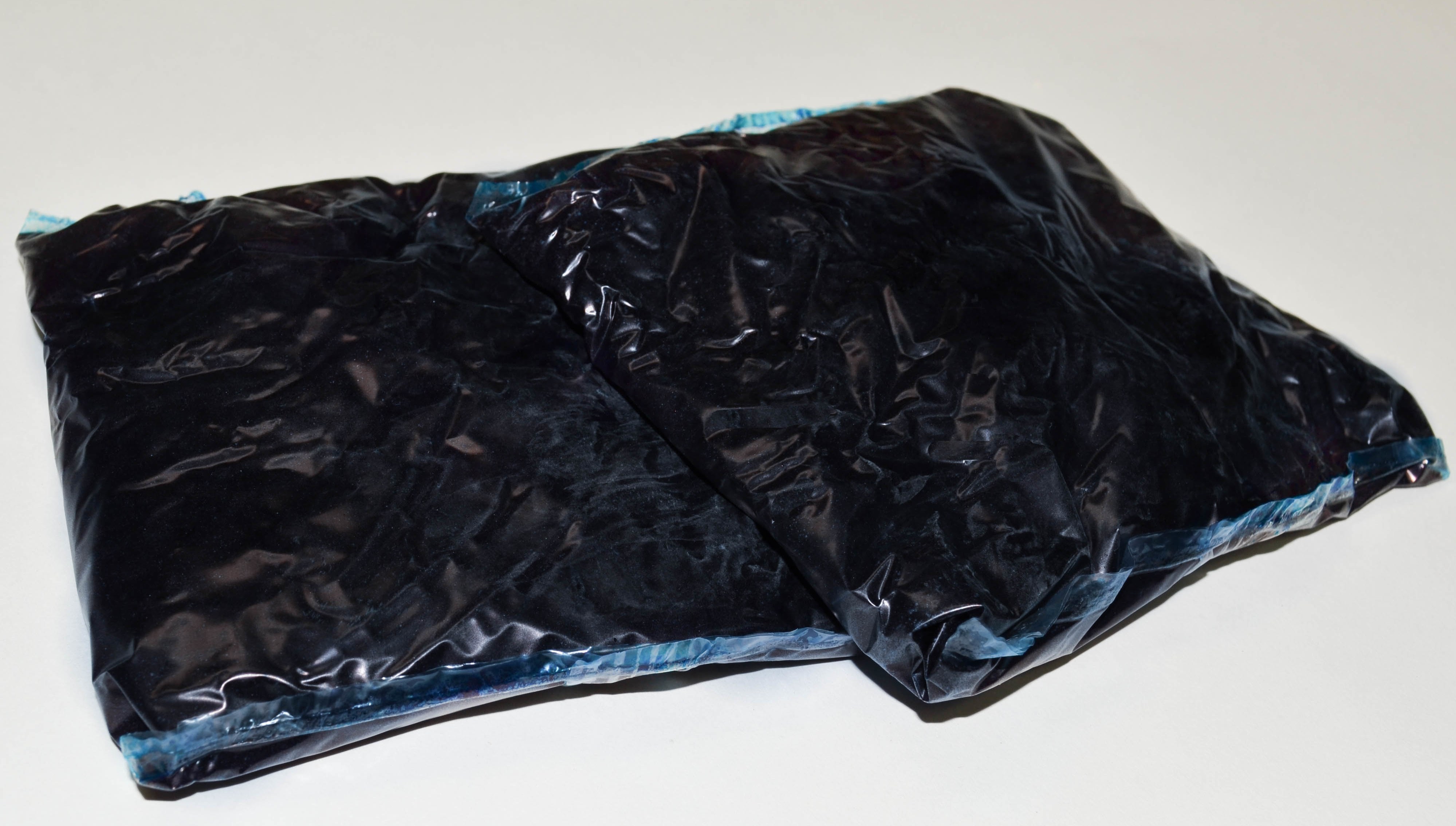How to Keep Your Pond Blue & Healthy
Any child knows that blue is the color of clean lakes, ponds, and oceans. The colors we see are dependent on three factors: the object, the light source, and the observer. Their position when viewing the object determines the way they perceive the light’s reflection. When we see blue lakes, we are observing water molecules absorbing the red spectrum of sunlight and reflecting blue, which is what we see.
The blue hue of ponds isn’t always easy to control naturally. Sometimes, it’s necessary to boost the color of the pond to help with algae control, animal protection, and aesthetic value. Pond dyes can be an earth-friendly option to maintain healthy and pretty ponds.
The Murky Pond Problem
If a clean pond is blue, then what is the murky-colored liquid in that hole in your backyard? Often there are small particles of suspended soil or algae in ponds. These reflect back to our eyes as green, red, or brown – making ponds appear dirty.
By adding in a safe blue dye, we can compensate for these foreign objects. It also gives an appealing, natural blue shade to ponds on the properties you manage. We can make ponds blue again.
The Benefits of Using Pond Dyes
There are other benefits to pond management besides coloring them blue. Dyes also reduce the distance sunlight can penetrate into your pond or lake. This reduced sunlight can slow the growth of algae and weeds. This eliminates the source of that murkiness. If you have ornamental fish or run a fish hatchery, this reduced light penetration can “hide” your fish from predatory birds. The deeper shade results in darker water and causes more reflectance off the surface, thus deterring birds.
How Pond Dyes Work

A selection on non-toxic dyes make up pond colorants. Often, they are the exact chemical as FDA-approved food dyes. Since it doesn’t take a lot of dye to color a pond, many homeowners, property managers, or golf course superintendents can transform their pond in a single application. A pint of liquid dye, or an 8-ounce package of powdered dye, can transform an acre-foot (one acre at one foot deep) of pond water (on average). This makes it a safe, easy way to improve the appeal of your pond.
Pond dyes can adapt to mimic many conditions we observe in nature. Dark blue, or near-black water signifies water late in the afternoon or a still body of water. Brighter and greener shades of water are characteristic of shallow oceans. We can color match these products to make darker or greener shades of pond colorants as you see fit.
Using these dyes doesn’t have to be messy. We use the same technology as the single-use dishwasher detergent or laundry detergent capsules. Packaging in single-use, water-soluble bags allows for safe, controlled doses of the dye. Pre-packaged, color-matched dyes are available for pond coloring. These are a cleaner, safer option for adding pond dyes. It can be as easy as tossing in a single pack of dye into your pond. The pack will dissolve in the water and distribute the color fast and even throughout the pond, leaving your hands clean.
We carry liquid and powdered dyes. You can pour liquid dyes into the pond at the shore edge, generally in a few locations. Powder dyes are usually pre-packaged and tossed into the water. The color disperses through the pond pretty fast, aided by water movement. Usually a breeze is enough for a quick, thorough coloration of your pond in a single application.
When your lawn isn’t green, we know what to do to make it look healthy. When your pond isn’t blue, that’s fixable too. Simple, effective, and non-toxic – we know that pond dyes offer a great option to manage your entire property.
Looking for dyes for your pond management? We carry a wide range of colors in many soluble packaging options.


